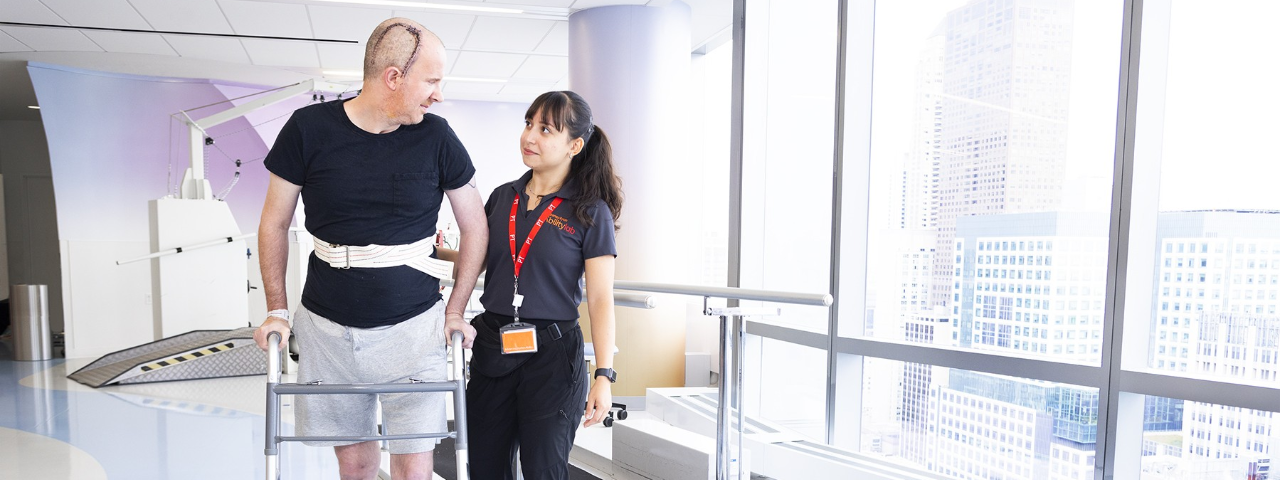How Aqua Therapy Works
Body
One of the reasons that water therapy works so well is because the water provides a great deal of buoyancy. Kennedy explains that once a patient is standing in water up to their belly button, the individual is supporting only half their weight thanks to the buoyancy of the water. The water supports up to three quarters of the body weight when the individual is in water up to their arm pits.
“You have buoyancy but you also have drag force, so you can get resistance. Resistance exercise while being supported can aid with bone density and allows your muscles to work easier or harder, whichever is needed,” says Kennedy.
“Buoyancy, viscosity and hydrostatic pressure help patients improve muscle tone and range of motion,” explains Jennifer Leipzig, licensed physical therapist assistant at Athletico Physical Therapy, who specializes in aquatic therapy services. She says that she can manipulate the viscosity of the water with given resistance tools to achieve optimal rehab potential.
Water therapy also alleviates stress on joints. Maggie Morrissy, exercise physiologist at the Shirley Ryan AbilityLab (formerly Rehabilitation Institute of Chicago), explains that the pool provides people with pain or arthritis a safe opportunity to engage in activity. That activity has benefits outside the pool. “As the client progresses with their water classes, they see a noticeable improvement in their day-today lives,” she says.
Another way that the water helps people heal and/or improve is through temperature. The Aquatic Exercise Association recommends that the water temperature for therapy and rehabilitation be between 90 and 95 degrees Fahrenheit. “Our pool is 93 degrees,” says Leipzig. “The water temperature prompts muscle relaxation, facilitates stretching and generally reduces the sensation of pain while increasing blood flow to injured areas.” In addition, the warm water can promote relaxation.
Another way that water therapy promotes relaxation is that patients have less fear than they often do with land-based rehabilitation, assuming they don’t have a fear of water or drowning. Often, they feel safer in the water. “There is no fear of falling. If they do fall, it’s a matter of getting their hair wet versus falling on their face, and that takes away a lot of anxiety,” says Kennedy.
In addition to improving muscle tone and range of motion, water therapy helps improve body awareness, proprioception (one’s sense of body and limb position) and core stability.

